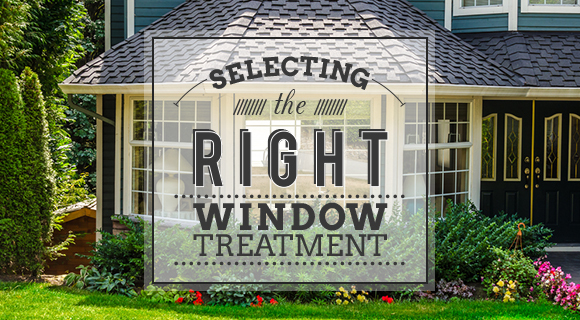Make a Statement With Your Front Door

Your front door is one of the first things guests notice when visiting your home. In addition to providing security and protection, your front door can make a bold statement and reflect your personal style.
But whether or not your current front door matches your home's interior and your taste, if you feel a draft, see any cracks or hear squeaky joints or scraping sounds, it may be time to replace it. Consider your options with some of the most common front door materials and features.
Materials
- Wood: Though beautiful, solid wood doors are expensive and sensitive to the elements. Some modern wood doors come with steel cores to minimize warping and reduce cost.
- Fiberglass: A durable and cost-effective option is a fiberglass composite door. Their foam cores are good insulators, and they can withstand harsh climates.
- Steel: Strong but subject to dents, steel doors are the least expensive of the three. They have shorter life spans and aren't well-suited for extreme climates, but depending on their core, they can be energy efficient.
Styles
There are multiple styles to choose from, including:
- Solid panel doors
- Arched doors
- Dutch or split doors
- Double doors
- Decorative doors with glass inserts
- Frosted glass doors with ornamental wrought iron overlaid for added security
You could even complement your front door with sidelights or a transom window while also letting in more outside light.
Colors
The color of your front door should depend mostly on the exterior style and colors of your house, your personal taste and the type of door chosen. If your house is mostly neutral in color, don't be afraid to go bold with your front door.
Use these tips to help make your front door an inviting entrance that not only offers protection from the elements but also reflects your personal style.









